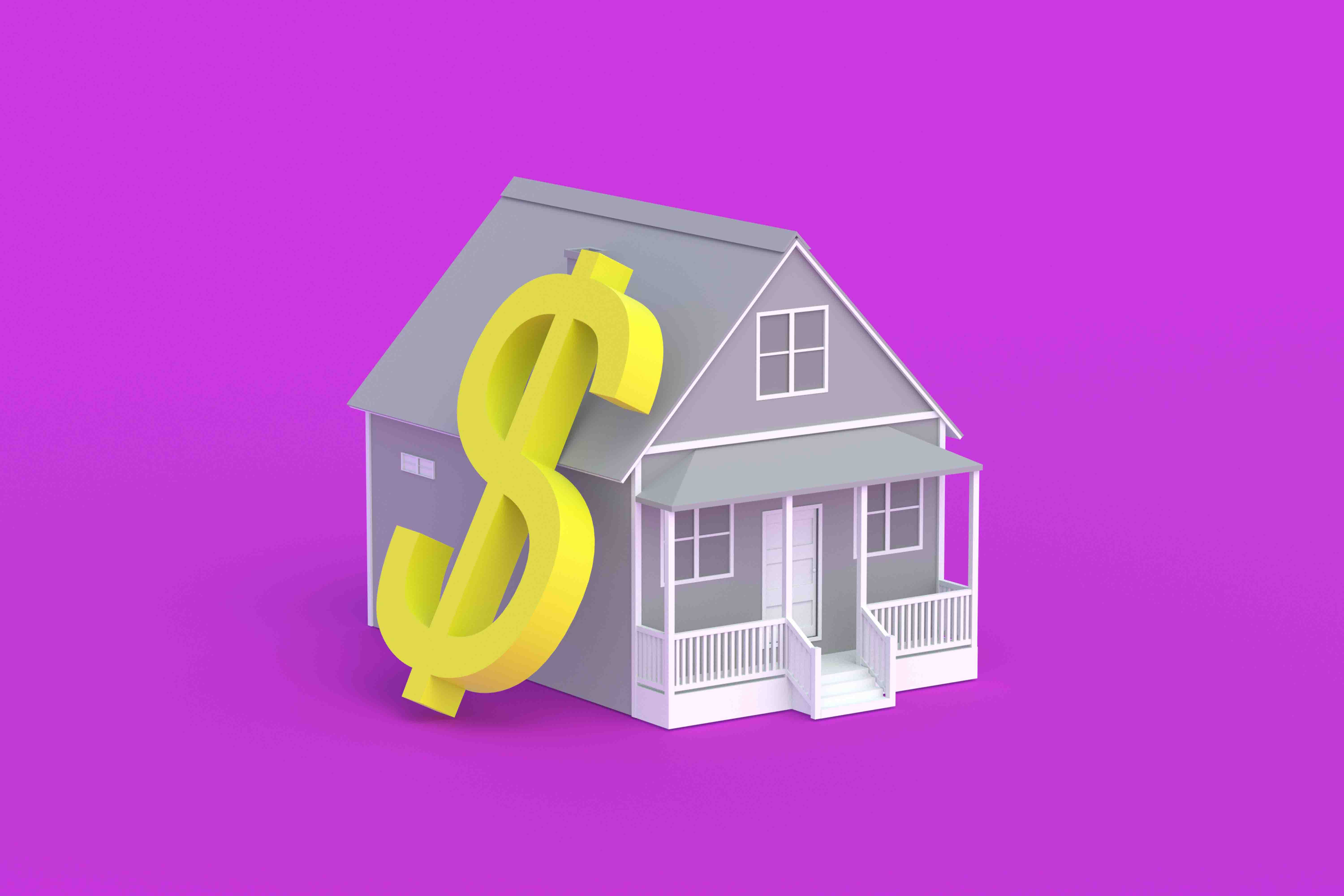
As the Fed continues to raise the Federal Funds rate in an attempt to combat inflation, consumers are facing higher commercial interest rates, especially mortgage rates. On July 26, the current average interest rate for a 30-year fixed mortgage was 7.20%, with refinancing average rates at 7.35%, reports Bankrate. However, we expect mortgage rates to continue rising and so with food, energy and real estate prices remaining high, home ownership can feel extremely challenging at the moment.
As a result, many first-time buyers are backing out of the market altogether. For current homeowners, a recent survey from Redfin reveals that mortgage payments are now the highest they've ever been. The typical homeowner now pays $2,563 on mortgage payments, 29% higher than they'd have paid in 2022. Not surprisingly the latest Home Purchase Sentiment report from Fannie Mae shows that both homebuyers and owners are feeling increasingly pessimistic about market conditions. Sentiment has lowered — due to worries about job security and rising rates and home sellers are concerned about a potential slump in home prices (which has yet to fully materialize).
Mortgage demand
Recently, mortgage demand plummeted to a 28-year low, with mortgage application volume 44% lower than last year. In fact, The Fannie Mae Home Purchase Sentiment Index (HPSI) rose 0.4 points last month, and now stands at 66.0 out of 100. This increase followed a slight decrease of 1.2 points in May. And while mortgage demand did slightly recover last week, rising 2%, mortgage interest rates are expected to continue rising this year, which could again lower demand.
Why are mortgage rates rising
In an attempt to combat the highest inflation seen in almost forty years, the Fed has continued to raise the federal funds rate, a key overnight bank lending rate. The overall goal is to drive spending down as consumers realize higher commercial interest rates on not only mortgages but credit card APRs and other loans.
Since March 2022, the central bank has raised interest rates 11 times, from near zero to a target range of 5.25% to 5.50% at the July meeting. At least one additional rate hike is expected by the end of the year. In its policy statement, the Federal Reserve stated it was "strongly committed to returning inflation to its 2 percent objective."
How to get the lowest rate
Follow these tips to shop for low mortgage rates.
- Increase down payment: The bigger the down payment you make on a house, the better your rate. To qualify for the lowest rates you’ll likely need a 20% down payment.
- Raise credit score: The most important factor in determining your mortgage rate is your credit score. The higher your score, the less risk you pose to lenders, so it’s important to raise your credit score as much as possible before applying for a mortgage. Typically, you’ll need to have a FICO score of 760 or higher in order to be eligible for the lowest rates.
- Consider an adjustable-rate mortgage: An adjustable-rate mortgage (ARM) starts out with rates lower than those you’d get with a fixed-rate mortgage. After a certain time period, the rates will adjust based on market indexes. If you know you will be selling your home in the future, this could be a good option to save on interest.
- Shop around: It’s important to get multiple quotes before applying for a mortgage, and you can often find lower mortgage rates from local lenders and credit unions. Try a mortgage comparison tool to find the best rates for you.
Current mortgage and refinance rates as of March 9, 2023, from Bankrate.







